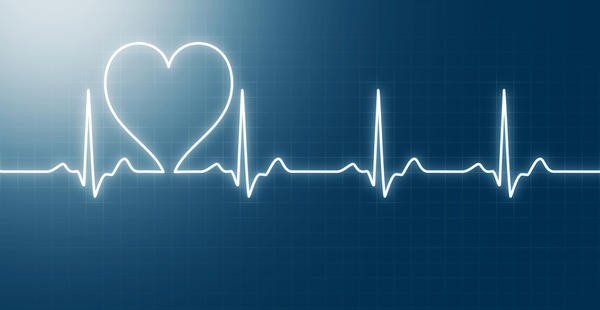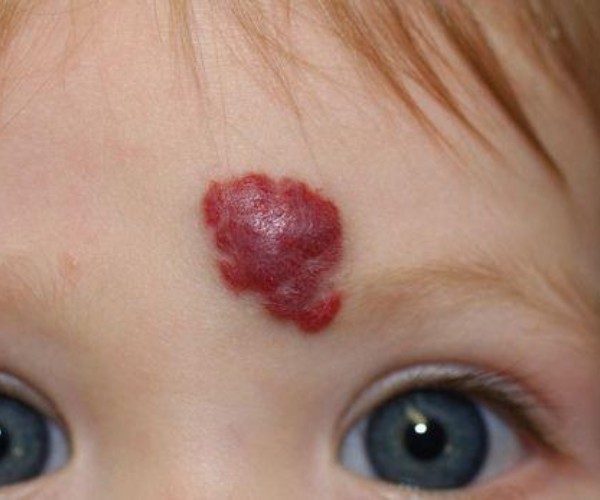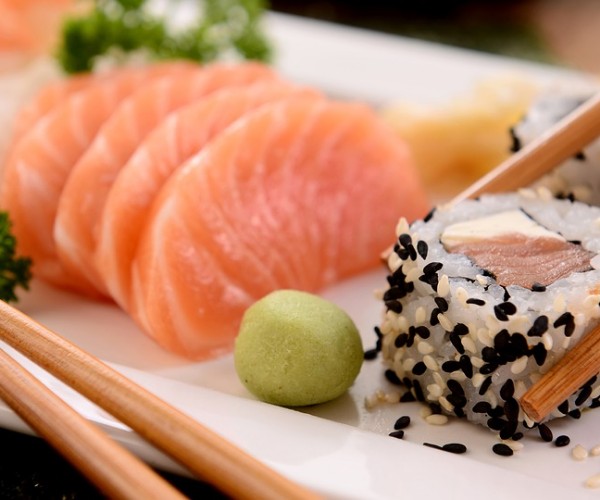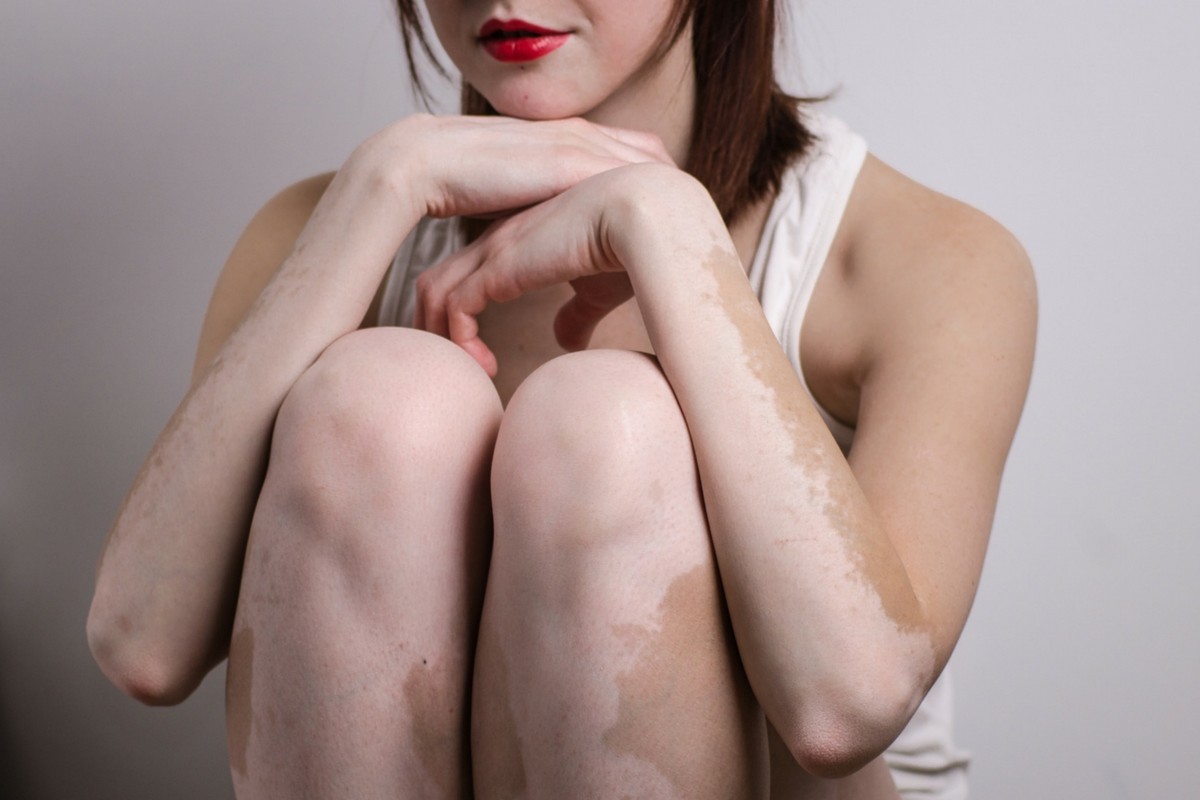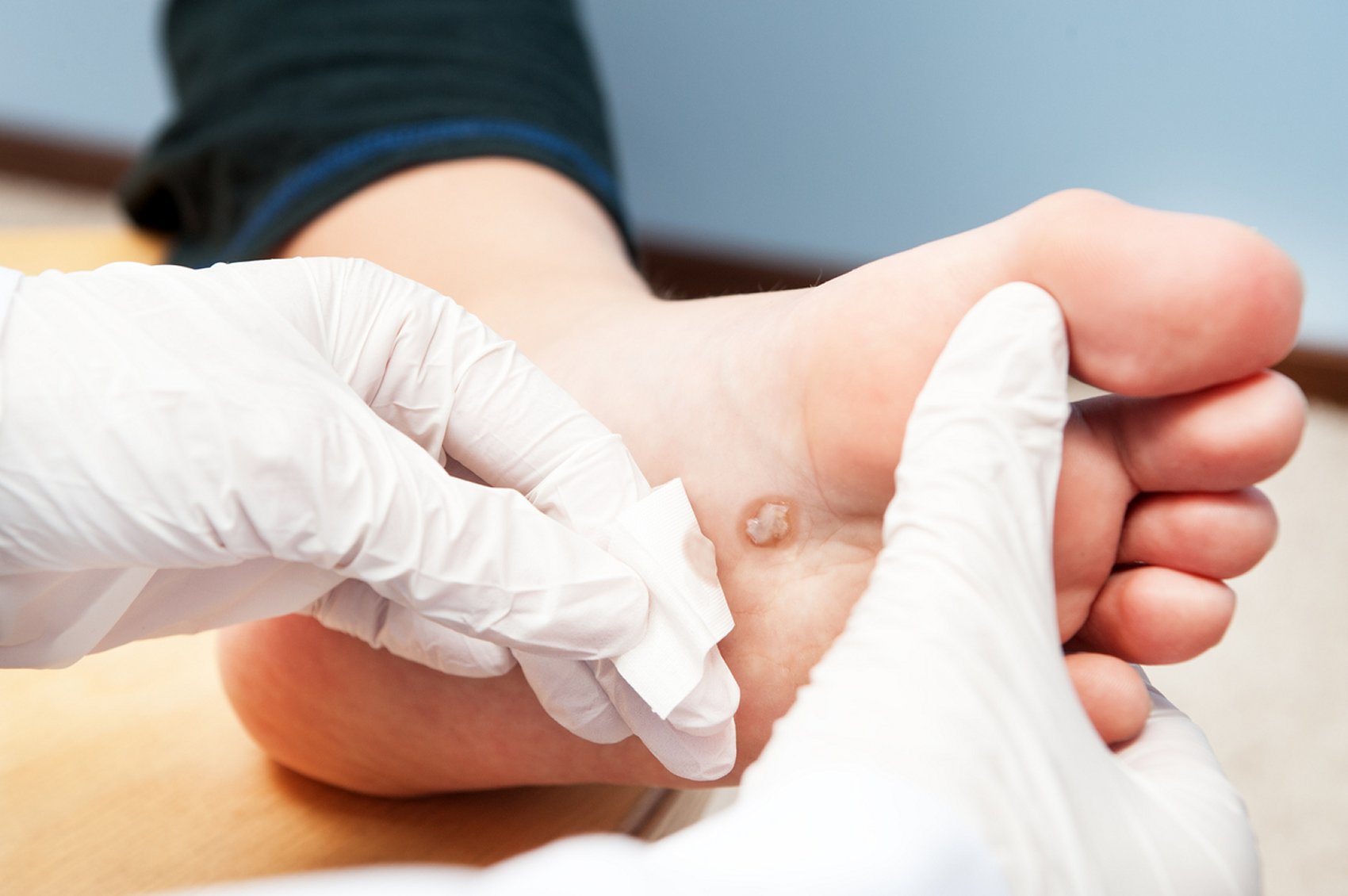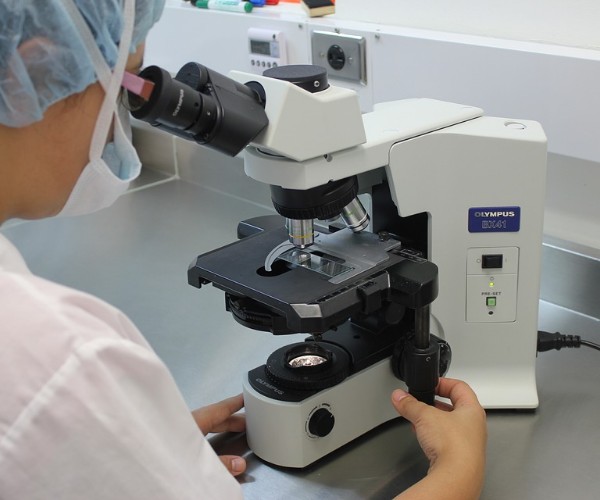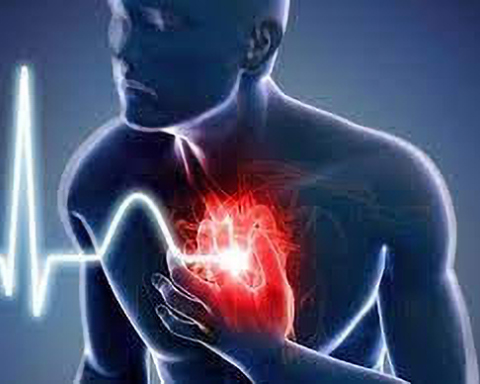With the arrival of summer and beautiful days, we get more and more exposure to the sun. Relaxation, vacations, and tanning, but also erythema, sunburn, and aging skin. At this point the question arises whether the sun is really good for health.
While it promotes vitamin D synthesis, fixes calcium in bones, fights bacteria and depression, massive sun exposure without protection can cause permanent damage to our skin. When we expose ourselves to the sun, the skin absorbs some of the sun’s rays, initiating a chemical reaction that develops so that the deep layers of the skin are protected. The moment the skin is in direct contact with the sun, melanocytes are stimulated to produce more melanin and thus we get a tan. Tanning, then, is a kind of self-defense that the skin implements to protect itself from the sun, especially from ultraviolet rays, which are the most harmful to our skin.
The latter are divided into UVA rays, which stimulate tanning but also cause skin aging and skin cancers; UVB rays, which promote fast tanning and vitamin D synthesis but cause sunburn and erythema; and UVC rays, which fortunately do not reach Earth because they are stopped by the ozone layer. This radiation damages the skin and DNA, also increasing the risk of cancer.
How to protect yourself from the sun?
The areas of the body most at risk are definitely the face, arms and upper shoulders, as these are the most exposed to the sun. For those with a fair complexion and blue or green eyes, direct exposure to the sun’s rays should be 5-10 minutes; for those with a dark complexion and dark hair and eyes, however, it should be a maximum of 45 minutes. Protective creams are a good way to protect yourself from ultraviolet rays, and there are several types on the market today. Obviously, the higher the protection factor, the lower the risk of getting burned. It is recommended, therefore, that you always buy a sunscreen with a higher index of protection than is indicated for your skin type; in fact, these creams are laboratory tested on larger quantities than are, then, actually used in the sun. Another key thing is to reapply the cream every time you expose yourself to the sun, and when you get home, wash your skin thoroughly, removing any residue, and apply an after-sun product that has soothing and moisturizing properties.
One of the most important things, of course, is to avoid the hottest hours of the day, especially when taking children to the beach. It is advisable that these get as little sun as possible so bring them early in the morning from 7:30 to 9:00 am and in the afternoon from 5:30 to 7:00 pm. Also, it is advisable to drink a lot and protect yourself even if there are clouds or you are under an umbrella.











